
Definitive Issues from the 1938 Set
Updated - December, 2018
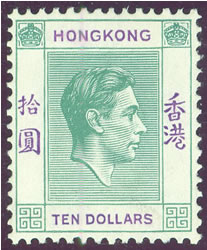
The King George VI definitive set from Hong Kong features a number of color shades. There are also two different paper types and perforation varieties. Like many King George VI sets, there are quite a few more printings than the assigned catalog numbers. The stamps were produced during the time period of 1938 until 1953 when they were replaced with a QEII set using the same design. There is also a change in color for most of the values 20c and higher due to the Japanese occupation which started in December, 1941. New colors were issued for these stamps beginning in 1946.
This set includes a number of major and minor print flaws, so there is a lot to look for if you buy a set of these stamps to study. See Richard Lockyer's article from Gibbons Stamp Monthly for more details on these aspects of the Hong Kong set. You can access a complete list of Richard's articles from this KGVI Stamps hosted site.
The stamps were initially issued perforated either 13.75 x 14 for all values. A 1941printing of six values was perforated 14.75 x 14. This resulted from wartime bombing damage of the De La Rue facility which resulted in production being temporarily shifted to Bradbury Wilkinson and Harrison & Sons. So the first step in sorting the Hong Kong issues is to check the perforation on the 2c, 4c, 5c, 10c, 30c, and 50c values. I would suggest that you use a Perforation Gauge like the Gibbons Instanta Gauge to check your stamps. This gauge uses a continuum of lines on clear plastic. To use it, just slide the stamp edge along the lines until they match up with the perforations. This provides a much more reliable measurement than the gauges with the dots, in my opinion. If you don't have a reliable gauge, you can also measure a 2cm distance on the stamp and count the number of perfs. That is what the gauge is actually measuring, so it is a reliable measure of the perforations.
The higher values 50c thru $10 were printed on both chalk and substitute paper (no chalk coating is called substitute). So you will need to check for this factor on these stamps. Chalk paper was used to provide a better impression and to help against cleaning cancellations from higher value stamps for reuse. It is actually a coating that is applied to the paper prior to printing. There are several tests for chalk paper. One option is to use a silver coin which will draw a pencil-like line when rubbed gently against chalk paper. I do this in the white border. If you don't want to make a line, try looking for a shiny coating on the paper when viewed under a good light source. You can also rub your finger across the face of the stamp. It will slide easily over the chalk coated paper, and will feel like it is catching against the ordinary paper. Another test is the quality of the impression. The chalk treatment was used to insure a better quality printing. For the record, the term chalk is not scientifically accurate, but it is the term that has been used in the catalogs.
The 50c purple stamps (CW 11 and CW 11a) are both listed as purple on substitute paper. One is from the 1938 printing and the other is from the 1946 printing. These stamps can be determined by comparing the paper they were printed on. CW 11 tends to be on a thinner paper and might have brownish or yellowish gum. CW 11a will appear to be printed on thicker paper and will tend to have white gum. I compare the paper by looking at it against black paper. The thinner paper will tend to be more transparent, so you will see more of the black coming thru as you look at the back of the stamp. The Stanley Gibbons catalogue lists these as SG 153 50c Purple, and SG 153b 50c Reddish-Purple. This tends to be a more accurate description of the colors.
Once you have checked the perforations and the paper type, start comparing the colors of the various values. You probably need a few copies of the stamps to accurately sort the surface and paper colors. I typically compare them against both white and black paper. Look for differences that are not too subtle. There is always variation during this time period, but typically the color changes result from mixing new ink for a second printing. They did not have computer color analysis during this time period, so things are just not exact, compared to today's technology.
As you compare colors, especially for the stamps perforated 13.75 x 14 be aware that there were a number of printings that are generalized in the catalogues. One or two catalog listings might actually comprise as many as sixteen printings, so expect to see some subtle variations beyond the catalog listings. I am basing this statement on the color descriptions and print dates listed in the "A Study of The Hong Kong Definitive Adhesives of King George VI" by Nick Halewood and David Antscherl published by the Hong Kong Study Circle in 1992. Please consult this document if you want more details on the stamps from this set.
The catalog numbers shown below are from the 2008 Commonwealth King George VI Postage Stamp Catalogue (CW), 2013 Stanley Gibbons Stamp Catalogue (SG) and the 2011 Scott catalog (ST). You can access any of the publication web sites from my Links to British Colonial Stamp Sites.
The images were saved in a larger size and at a higher resolution so you can more easily see the details used in sorting them. Each of the stamp shown below has the Commonwealth description including the paper type for the higher values, and the perforation. Please be patient if it takes a few minutes for this page to load.
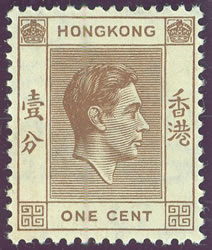
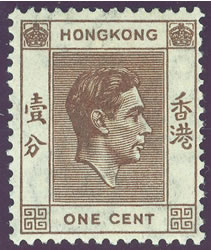
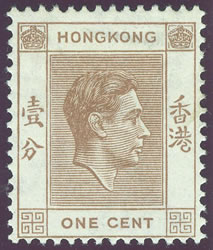
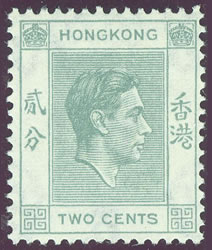
1c Brown
Substitute Paper
Perf 13.75 x 14
1c Deep Brown
Substitute Paper
Perf 13.75 x 14
1c Light Brown
Substitute Paper
Perf 13.75 x 14
2c Grey
Substitute Paper
Perf 13.75 x 14
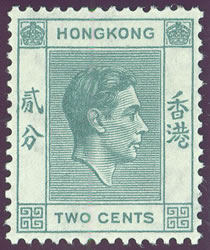
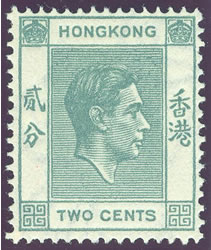
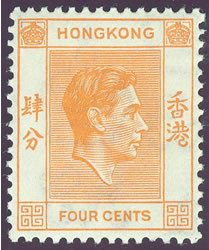
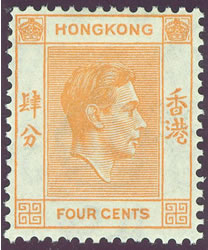
2c Pale Slate
Substitute Paper
Perf 13.75 x 14
2c Slate-Grey
Substitute Paper
Perf 14.75 x 14
4c Orange
Substitute Paper
Perf 13.75 x 14
4c Pale Orange
Substitute Paper
Perf 13.75 x 14
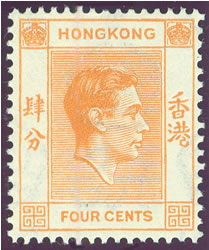
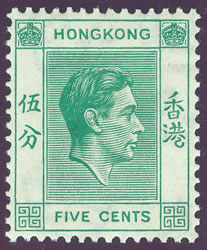
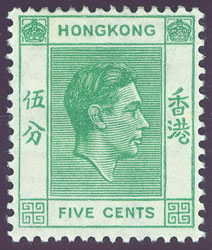
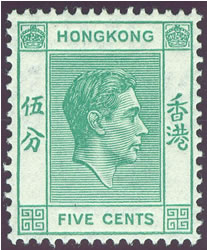
4c Orange
Substitute Paper
Perf 14.75 x 14
5c Green
Substitute Paper
Perf 13.75 x 14
5c Yellow-Green
Substitute Paper
Perf 13.75 x 14
5c Green
Substitute Paper
Perf 14.75 x 14
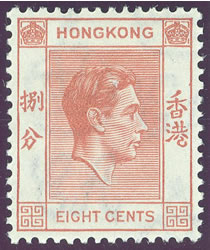
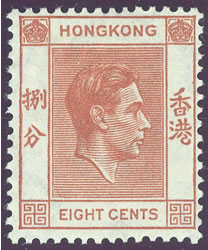
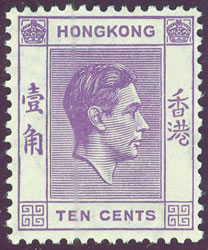
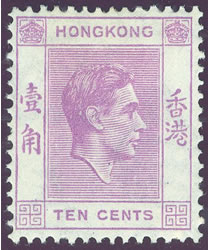
8c Red-Brown
Substitute Paper
Perf 13.75 x 14
8c Deep Brown
Substitute Paper
Perf 13.75 x 14
10c Violet
Substitute Paper
Perf 13.75 x 14
10c Reddish-Lilac
Substitute Paper
Perf 13.75 x 14
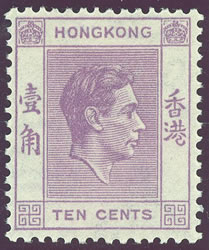
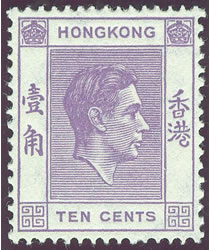
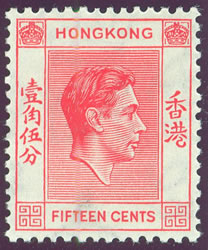
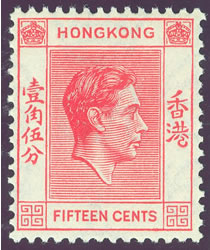
10c Pale Lilac
Substitute Paper
Perf 13.75 x 14
10c Pale Violet
Substitute Paper
Perf 14.75 x 14
15c Scarlet-Red
Substitute Paper
Perf 13.75 x 14
15c Carmine-Red
Substitute Paper
Perf 13.75 x 14
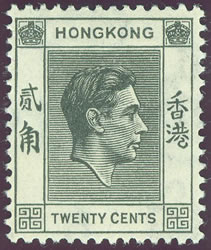
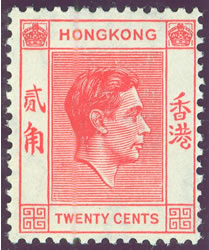
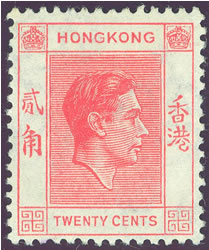
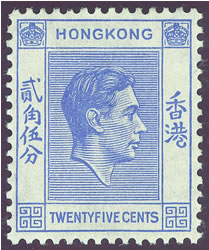
20c Black
Substitute Paper
Perf 13.75 x 14
20c Scarlet
Substitute Paper
Perf 13.75 x 14
20c Pale Carmine-Red
Substitute Paper
Perf 13.75 x 14
25c Blue
Substitute Paper
Perf 13.75 x 14
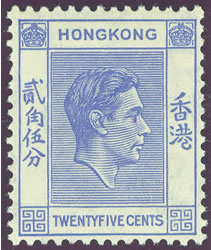
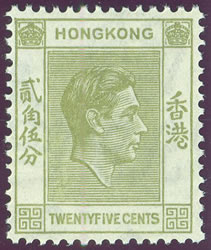
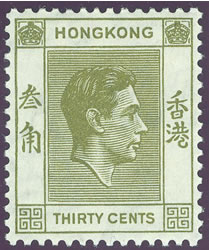
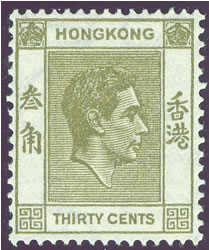
25c Brighter Blue
Substitute Paper
Perf 13.75 x 14
25c Pale Sage
Substitute Paper
Perf 13.75 x 14
30c Yellow-Olive
Substitute Paper
Perf 13.75 x 14
30c Sage
Substitute Paper
Perf 14.75 x 14
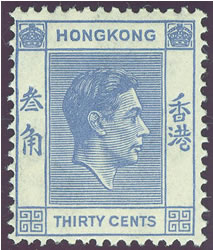
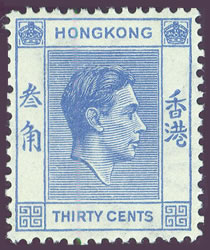
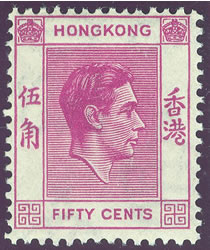
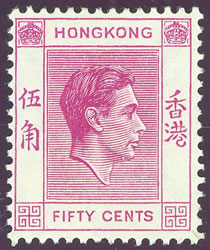
30c Blue
Substitute Paper
Perf 13.75 x 14
30c Bright Blue
Substitute Paper
Perf 13.75 x 14
50c Purple
Thin Substitute Paper
Perf 13.75 x 14
50c Purple
Substitute Paper
Perf 13.75 x 14
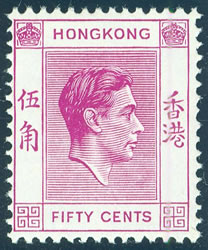
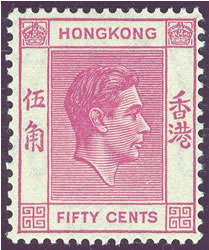
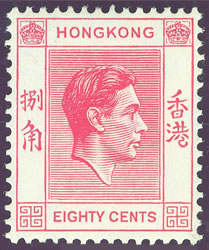
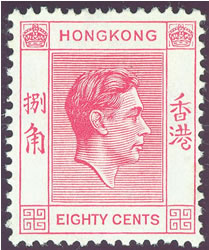
50c Bright Red-Purple
Chalk Paper
Perf 13.75 x 14
50c Red-Purple
Substitute Paper
Perf 14.75 x 14
80c Carmine-Rose
Chalk Paper
Perf 13.75 x 14
80c Bright Rose
Chalk Paper
Perf 13.75 x 14
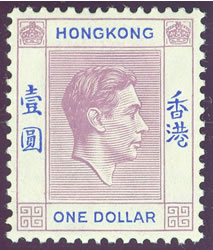
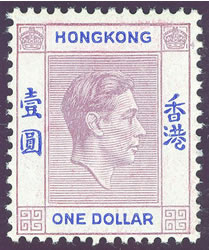
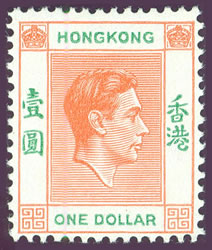
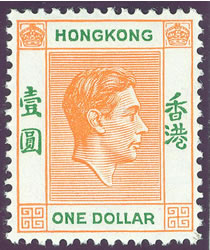
$1 Dull Lilac &
Blue
Chalk Paper
Perf 13.75 x 14
$1 Red-Lilac &
Blue
Substitute Paper
Perf 13.75 x 14
$1 Orange &
Green
Substitute Paper
Perf 13.75 x 14
$1 Orange &
Green
Chalk Paper
Perf 13.75 x 14
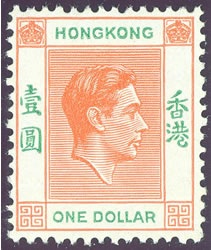
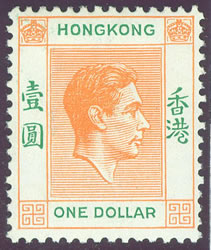
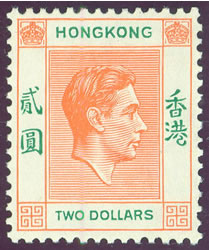
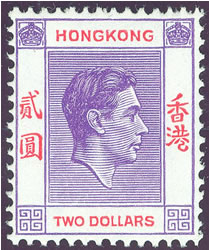
$1 Red-Orange &
Deep Green
Chalk Paper
Perf 13.75 x 14
$1 Yellow-Orange &
Green
Chalk Paper
Perf 13.75 x 14
$2 Red-Orange &
Green
Chalk Paper
Perf 13.75 x 14
$2 Violet &
Red
Substitute Paper
Perf 13.75 x 14
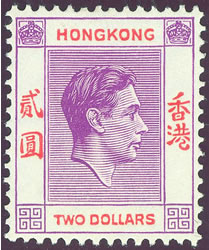
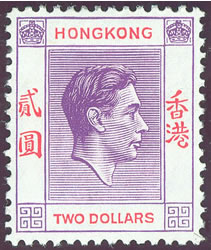
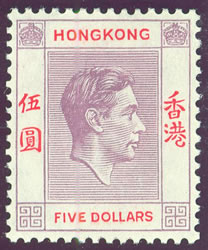
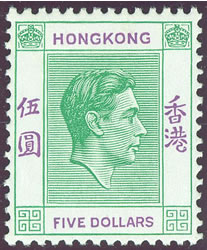
$2 Purple-Violet &
Red
Chalk Paper
Perf 13.75 x 14
$2 Violet &
Red
Chalk Paper
Perf 13.75 x 14
$5 Dull Lilac &
Red
Chalk Paper
Perf 13.75 x 14
$5 Yellow-Green &
Violet
Substitute Paper
Perf 13.75 x 14
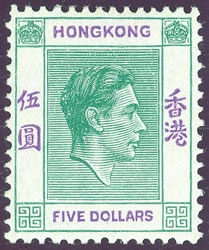
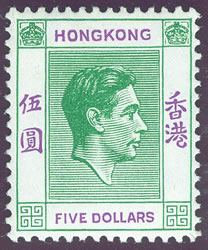
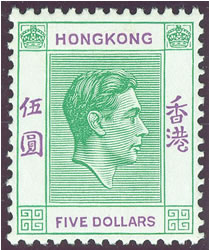

$5 Bluish-Green &
Violet
Substitute Paper
Perf 13.75 x 14
$5 Deep Yellow-Green &
Violet
Chalk Paper
Perf 13.75 x 14
$5 Green &
Violet
Chalk Paper
Perf 13.75 x 14
$10 Green &
Violet
Chalk Paper
Perf 13.75 x 14
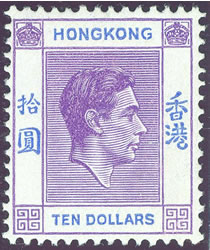
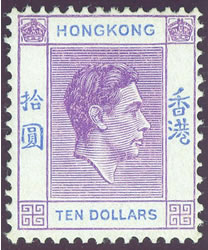
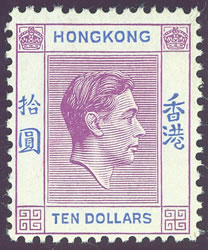
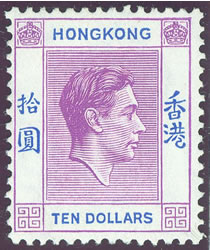
$10 Deep Violet &
Blue
Substitute Paper
Perf 13.75 x 14
$10 Pale Violet &
Blue
Substitute Paper
Perf 13.75 x 14
$10 Red-Violet &
Blue
Chalk Paper
Perf 13.75 x 14
$10 Red-Purple &
Blue
Chalk Paper
Perf 13.75 x 14
This article was written to help you identify your stamps.
Please feel free to ask a question, or include a correction.